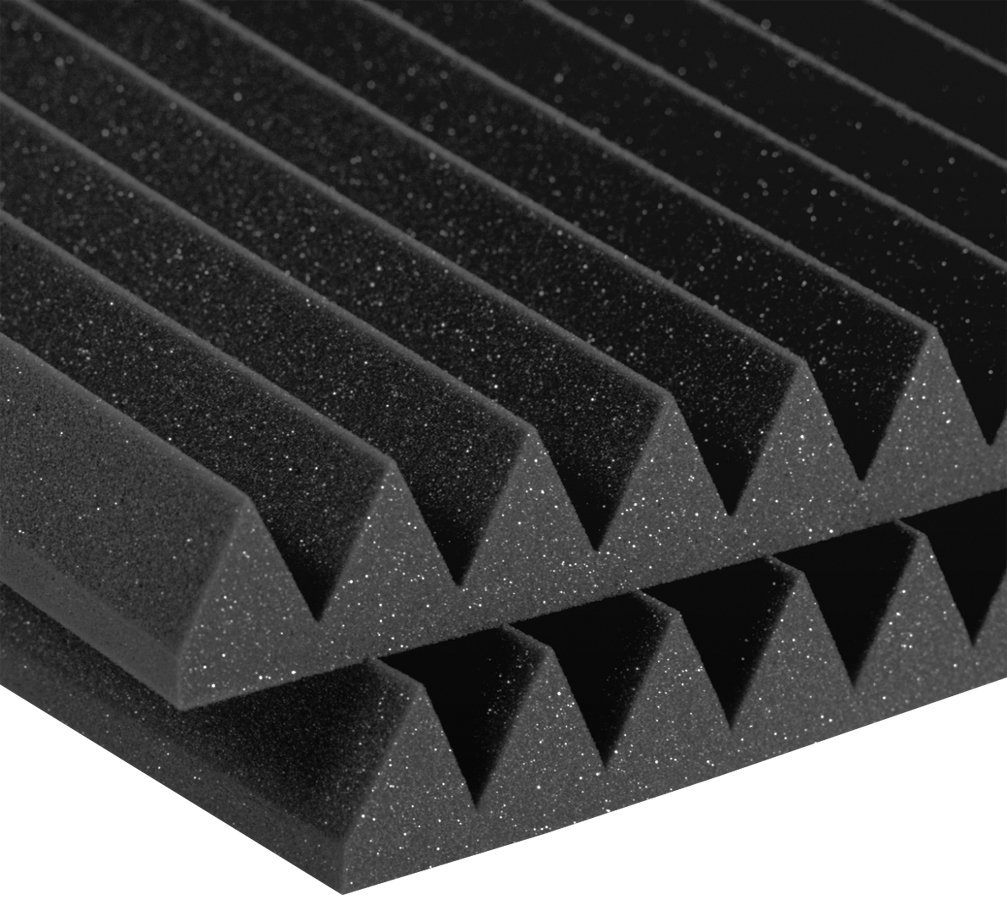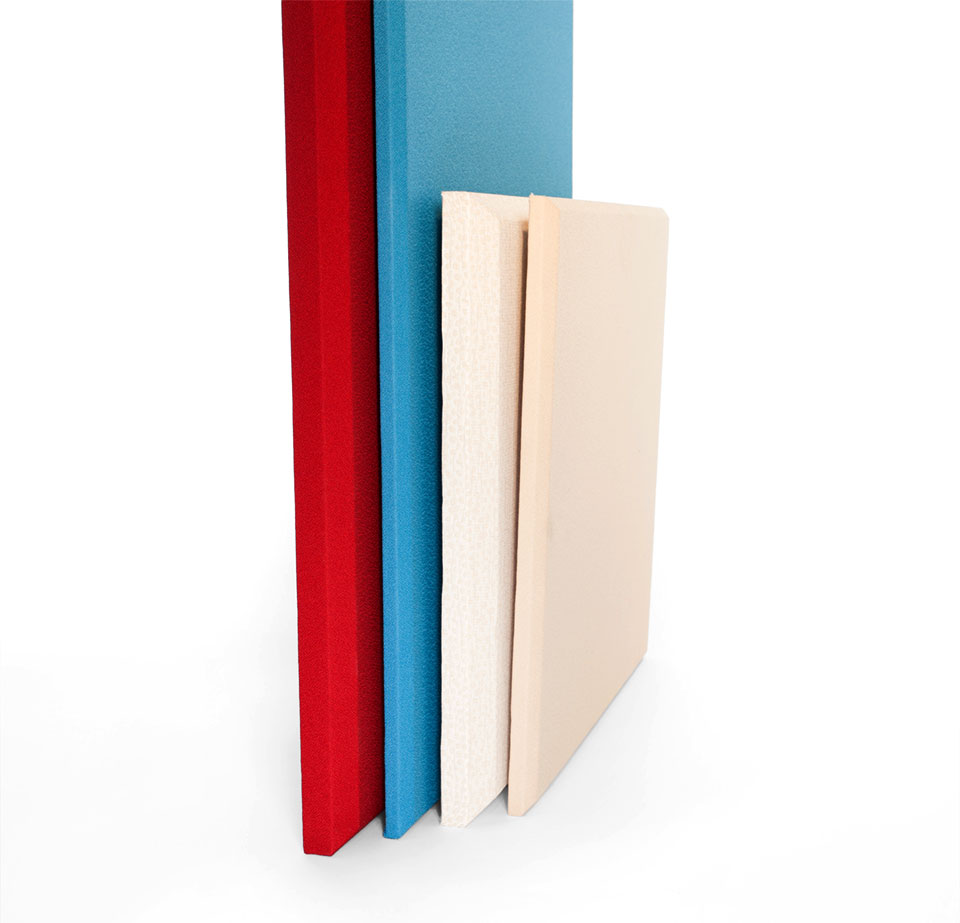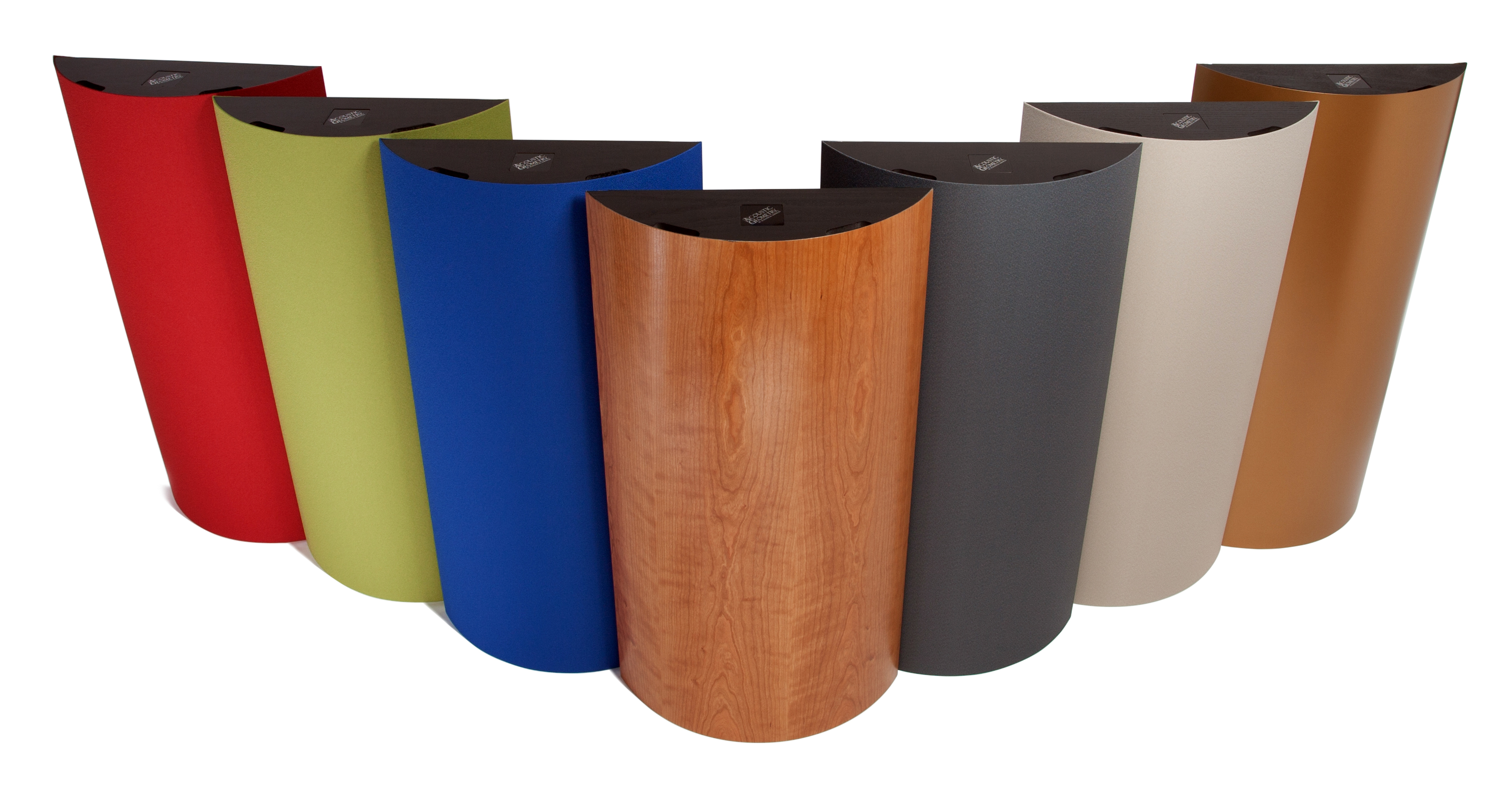How to take your PC audio experience to 11
We take a deep dive into the often unexplored area of the PC, the sound setup.
The Room
If you've read up to this page, you're either very curious or very serious about getting the best sound possible from your setup. The last part of the equation has to do with your room.
Room acoustics play a big role in how you hear your music. Reflections can cause unwanted interference. Sound travels fast (340.20 meters per second), and can easily bounce off walls, causing flutter. Echo from other equipment you may have in the room—like your PC—can also create interference. What you'll want to do is acoustically treat your room. Here's an excellent video demonstrating room treatment by John Calder of Acoustic Geometry:
As a test, you can go around your room with two wooden blocks and slap them together to hear the reflections and echoes in your room. The smaller your room, the more evident it will be. Larger rooms will have less of a problem, but they'll still benefit from treatment. In an empty room, the effects of its wave bounce acoustics will be much clearer. In a normal room with various things like sofas, shelves, or even a bed can help with deflecting and absorbing sound.

We'd like to point out that there is a difference between sound-proofing and acoustic treatment, and they often get confused. Sound-proofing is the process of preventing sound from leaving your room. Acoustic treatment is where you decrease the color that the flat surfaces in your room contribute to the overall sound. For the sake of simplicity, we'll just focus on acoustic treatment.

There are several products professional studios use to treat a room. First are absorber panels. These are usually made from dense foam material and have a saw pattern on their surface. The second are diffusers, which scatter sound in different directions to reduce paths where sound is directly reflected back to your ears.

Most home studios tend to use absorbers only, which is fine. Trying to eliminate all reflections entirely is bad, as you still want some "good" reflections to occur, which adds a slight sound stage to your listening experience. Listening to music in an anechoic room is unpleasant, and is an even worse experience when nothing's playing. Your ideal setup will include both absorbers and diffusers. If you have computer equipment that's producing noise, echo eliminators will greatly reduce the fan noise you hear, which is caused from the sounds bouncing off walls.
A step down:
Most people will want to start off with absorption acoustic foam pads, and a great company for that would be Auralex. Its pads come in various sizes and colors and can easily fit into any room. They don't have the same diffusing abilities as Acoustic Surfaces, but they offer good sound absorption for the money; Auralex also offers diffusing panels. The company also makes diffusion products, which are panels with square cutouts in varying heights to reduce waves from grouping, creating hot-spots in a room.
Keep up to date with the most important stories and the best deals, as picked by the PC Gamer team.
A step up:
Essentially, more panels and more types of panels. Diffusers, ceiling panels, bass traps, absorbers... you can really go nuts. If you've done all you can in terms of treating a room, the next step may be to soundproof the room.



